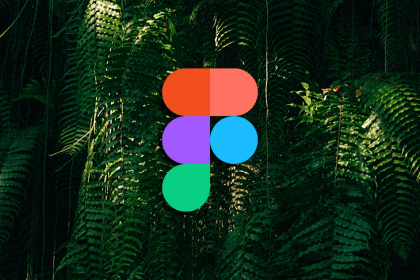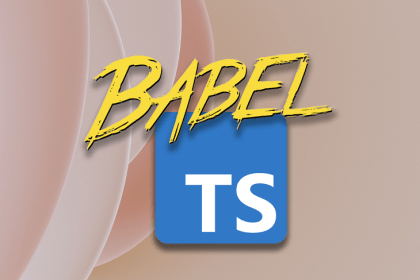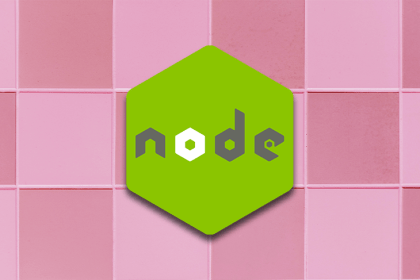
Wrapping, extending, and proxying can increase the flexibility of your Vue components, but it’s important to do it correctly. Learn how here!

A responsive grid ensures your website adapts to different screen sizes and provides a great and consistent user experience.

Session replay refers to the technique of recording and playing back user interactions and behaviors within a website or application.

Adaptive leaders do not rely on their position to make decisions, but instead justify them with data and reliable insights.

The frame, section, and group properties may sound similar, but each has its own time and place to be used in Figma.

accent-colorCSS accent-color is a property for customizing the accent colors on your website. Learn how to customize form controls in this post.

Inheritance allows code reuse by inheriting properties and methods from a parent component. Composition, however, is simply a way to reuse code by composing smaller, reusable components and functions.

See how the two JavaScript compilers Babel and TypeScript compare through criteria such as performance, custom transformations, and more.

Now more than ever, taking time to put the focus back on the employees and teams is essential in building up morale.

Build and deploy Node.js apps with Replit, an online text editor and IDE with powerful features for fast and collaborative development.

Without issue management, your organization will have a tough time mitigating risks — both big and small — as well as managing necessary changes.

Compare the most popular Next.js boilerplates, including NextJS Starter Boilerplate and TailwindBlog based on stats, tech stacks, and features.